Exploring the Majestic Rivers in Germany: A Comprehensive Guide
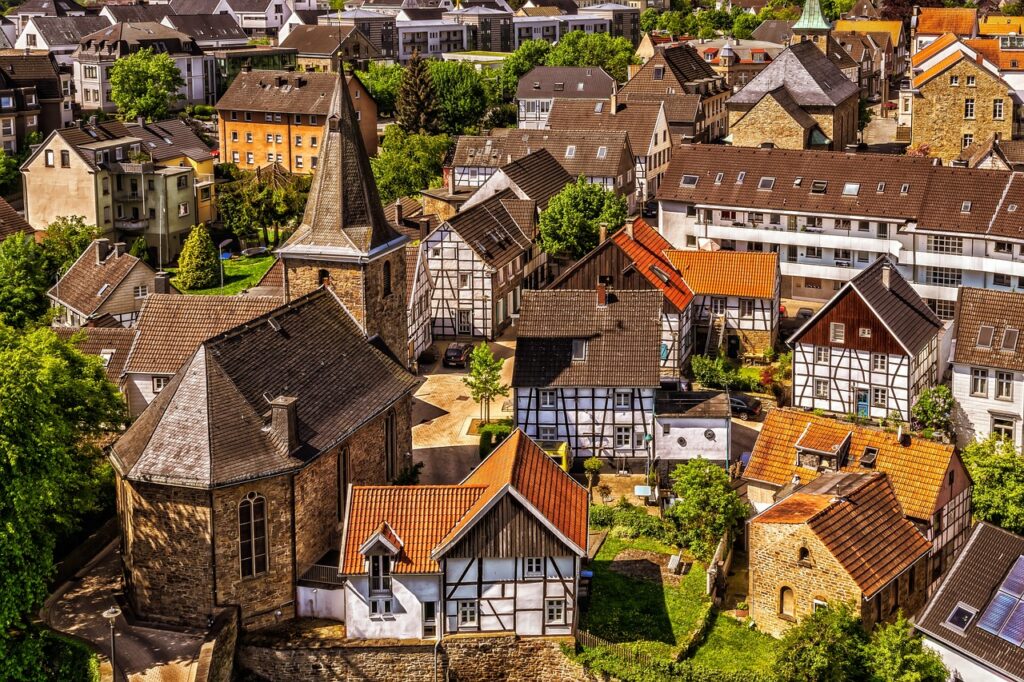
Intro
Germany, a country famous for its rich history, unique culture, and stunning landscapes, is also home to an extensive network of rivers.
The rivers in Germany have played a critical role in shaping the country’s economic, social, and cultural development over centuries.
This comprehensive guide is designed to help you explore the majesty and significance of these waterways.
The Significance of Rivers in Germany
The critical role of rivers in Germany extends far beyond their natural beauty and recreational value. Their historical significance is deeply woven into the country’s economic fabric and social identity.
In medieval times, rivers served as vital arteries for trade, enabling economic progression and integration with the wider European landscape.
These waterways fostered interconnectivity, playing a crucial role in the expansion and consolidation of various German territories.
In contemporary times, the rivers of Germany remain as pivotal as ever, serving as bustling channels for transportation and industry.

Their waters drive the turbines of countless hydroelectric power plants, and their banks host several ports, fostering commerce both within and beyond the nation’s borders.
Furthermore, these rivers serve as a vital source of freshwater, quenching the thirst of millions and irrigating vast agricultural lands.
Beyond their economic and practical uses, Germany’s rivers are also invaluable from an ecological perspective.
These waterways create a myriad of habitats, supporting a vast array of wildlife and contributing to the country’s biodiversity.
From the salmon navigating upstream in the Rhine to the beavers building lodges along the Elbe, each river forms an intricate web of life.
These rivers are not just bodies of water; they are lifelines for countless species, some of which are endemic to Germany and cannot be found anywhere else in the world.
Iconic Rivers to Explore
Germany boasts an array of breathtaking rivers, each with its own unique allure and historical significance.
The renowned Rhine River, known for its captivating beauty and the mythic Lorelei rock, winds its way from the Swiss Alps to the North Sea, painting a portrait of the country’s diverse landscapes.

The Danube, the second-longest river in Europe, courses through Germany’s southern region. As it flows, it unveils majestic views of the Bavarian and Black Forests. Not to be overlooked is the Elbe River, snaking through the historic cities of Dresden and Hamburg.
Each of these waterways offers distinct vistas and histories, serving as open invitations for explorers to delve into and appreciate.
Whether you’re a seasoned adventurer or a curious traveler, these rivers present the opportunity for an immersive journey into the heart of Germany.
River Cruises: A Unique Way to Experience Germany
Immersing oneself in the tranquil beauty of rivers in Germany is best achieved through river cruises. These voyages offer an extraordinary perspective of Germany’s stunning landscapes, historic towns, and majestic fortresses that sprawl along the riverbanks.
As your cruise ship meanders along the winding waterways, you’ll witness Germany’s unique blend of natural beauty and historical architecture from a vantage point that is simply unmatched.
River cruises in Germany are not merely sightseeing tours. They offer a comprehensive and immersive experience that takes you deep into the heart of the country.
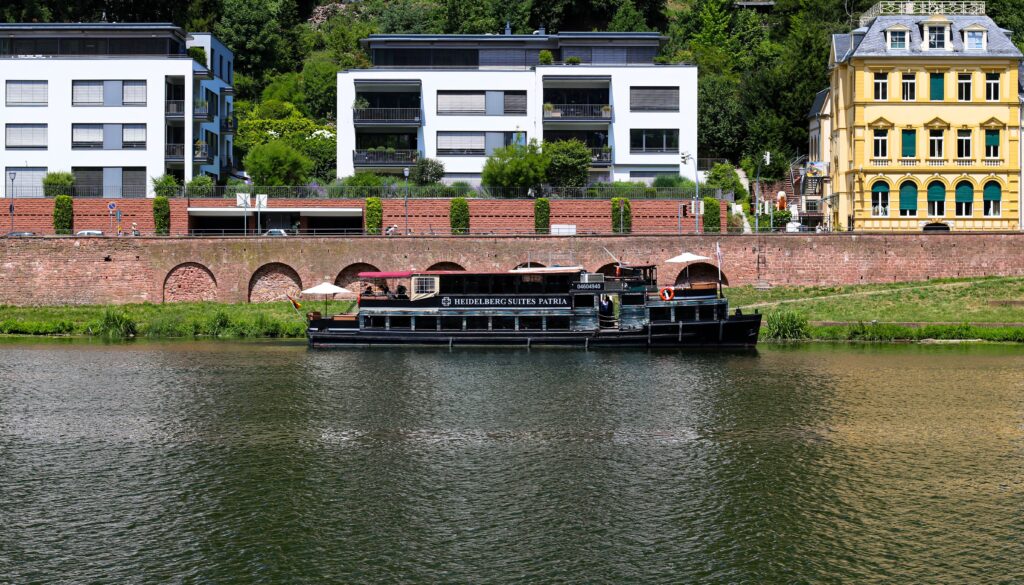
Most cruises come equipped with experienced guides who bring to life the rich history and fascinating stories of the regions you pass through.
As you journey along these ancient trade routes, you’ll learn about the important roles these rivers have played in shaping Germany’s economic, social, and cultural landscapes.
In addition to its educational value, a river cruise in Germany offers an unrivaled level of comfort and leisure.
Many cruise ships feature luxurious amenities and fine dining options, allowing you to relish the magnificent views in style.
From gourmet meals inspired by local cuisine to live entertainment and cultural experiences, these cruises are designed to cater to your every need.
But perhaps the most significant aspect of these river cruises is the unparalleled access they provide to Germany’s heartland.
These waterways traverse through some of the most beautiful and historically significant parts of the country, places that are often overlooked in standard travel itineraries.
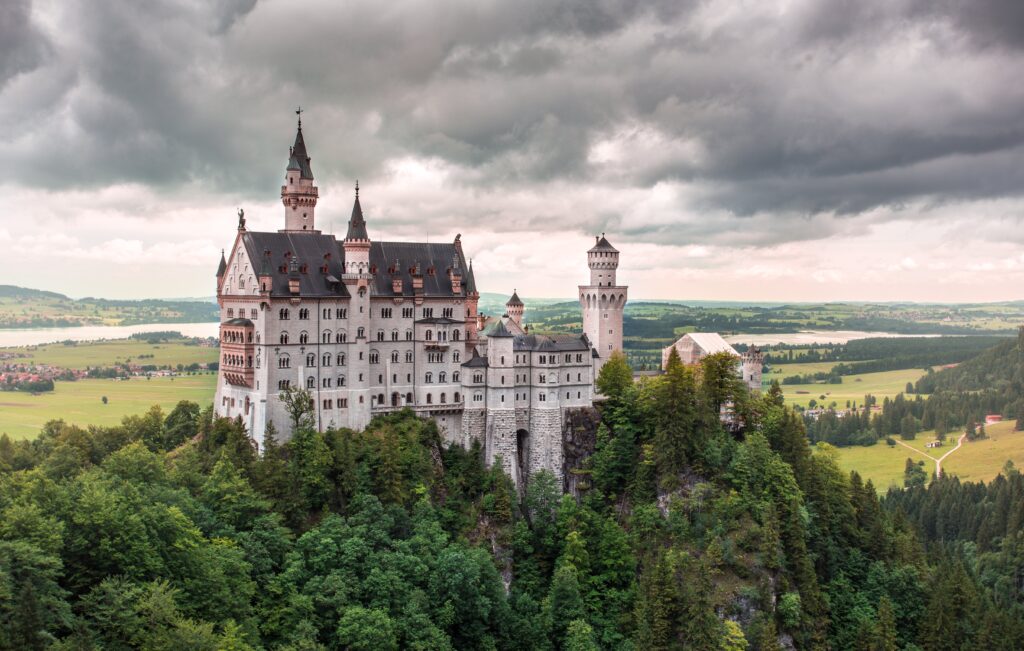
Whether it’s the imposing castles of the Rhine, the serene forests along the Danube, or the bustling ports of the Elbe, each cruise presents a unique opportunity to intimately connect with Germany’s multifaceted charm.
So, if you’re seeking a unique and comprehensive way to explore Germany, consider embarking on a river cruise. It’s an experience that promises to offer far more than just a tour—it’s a journey into the soul of Germany, steered by the country’s majestic rivers.
The Environmental Efforts to Preserve the Rivers
Understanding the invaluable role that rivers play in the nation’s ecosystem, Germany has taken several decisive steps toward safeguarding these crucial waterways.
The country has introduced multiple ecological initiatives aimed at preserving the health and vitality of its rivers.
One such initiative is the extensive cleanup of industrial pollutants that have historically contaminated these rivers.
Several of these efforts have specifically targeted heavy metals, chemicals, and other harmful substances that have been discharged into the rivers over the years.

By doing so, Germany has ensured that these water bodies remain safe for both human use and wildlife inhabitation.
Another significant initiative revolves around promoting sustainable farming practices.
Agriculture can often contribute to water pollution through the runoff of fertilizers and pesticides.
In response to this, Germany has encouraged farmers to adopt more eco-friendly practices that minimize this runoff, thereby reducing the amount of potentially harmful substances that end up in the rivers.
In addition to these measures, the German government has established numerous nature reserves along the banks of these rivers.
These protected areas not only help to conserve the rivers themselves but also safeguard the diverse array of wildlife that call these habitats home.
From birds and fish to mammals and insects, these nature reserves play a critical role in preserving the country’s biodiversity.
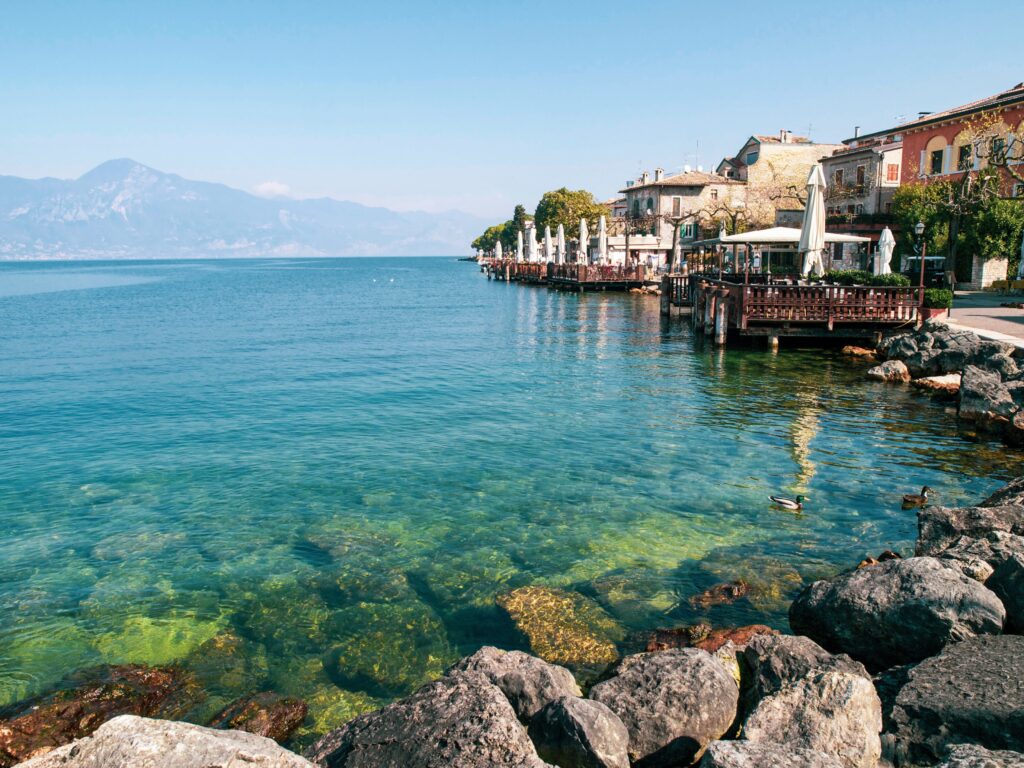
These initiatives collectively demonstrate Germany’s commitment to environmental stewardship, particularly when it comes to preserving its rivers.
Through these comprehensive measures, the country ensures that these waterways continue to thrive and support a myriad of ecosystems.
This dedication to conservation also ensures that future generations can appreciate the beauty and importance of Germany’s rivers just as we do today.
The Influence of Germany’s Rivers on Art and Culture
The rivers flowing through Germany have not just shaped its landscape, but they’ve also been a profound influence on its arts and cultural scene.
These waterways have acted as muses for countless artists, composers, and poets, their enchanting beauty and unyielding power serving as a bottomless well of inspiration.
The spellbinding scenery along these rivers has often been immortalized through paintings, sculptures, and music, offering a unique perspective of Germany’s natural heritage.
From captivating landscapes in the Rhine Valley depicted on canvas to melodies composed to echo the rhythmic flow of the Danube, these rivers have been woven into the fabric of the country’s artistic expressions.
Cultural celebrations by the riversides are another testament to the deep-rooted relationship between these rivers and the German people.
These events and festivals, often held on the banks of these rivers, further illustrate the essential role these waterways play in the country’s cultural life.
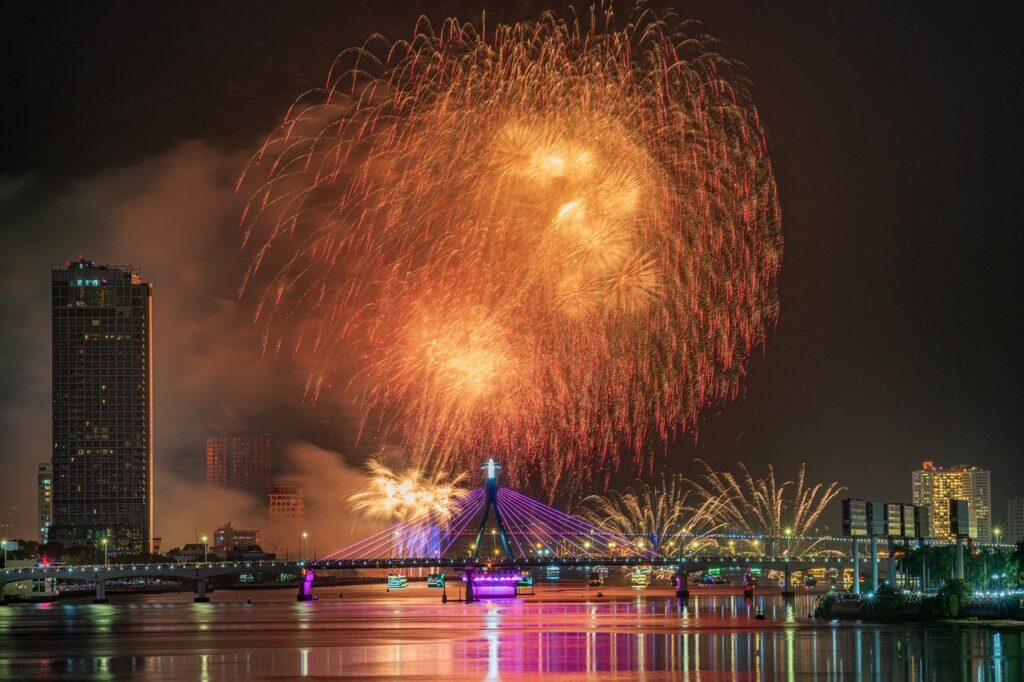
For instance, the ‘Rhine in Flames’ event presents an awe-inspiring spectacle of fireworks mirrored in the Rhine River, a feast for the eyes that attracts visitors from far and wide.
Similarly, the Danube Music Festival invites a global audience to enjoy a variety of musical performances in the scenic backdrop of this majestic river.
In essence, Germany’s rivers are more than just water bodies—they are cultural icons that have shaped and continue to influence the country’s artistic narrative and societal celebrations. As one traverses the path of these rivers, it’s impossible not to feel the pulse of Germany’s cultural heartbeat in their ebb and flow.
Rivers in Germany: Symbols on the Germany Flag
Taking a closer look at the Germany flag, one could argue that the symbolism of the black, red, and gold bands indirectly pays homage to the country’s significant rivers. Although not officially recognized, this interpretation weaves a compelling narrative of the intimate connection between the nation and its waterways.
The black stripe might embody the depth and strength of Germany’s rivers, hinting at their historical importance and the formidable forces they unleash.
The red could illustrate the rivers’ life-sustaining properties, acting as a metaphor for the vitality and energy they bestow on the country’s diverse ecosystems.
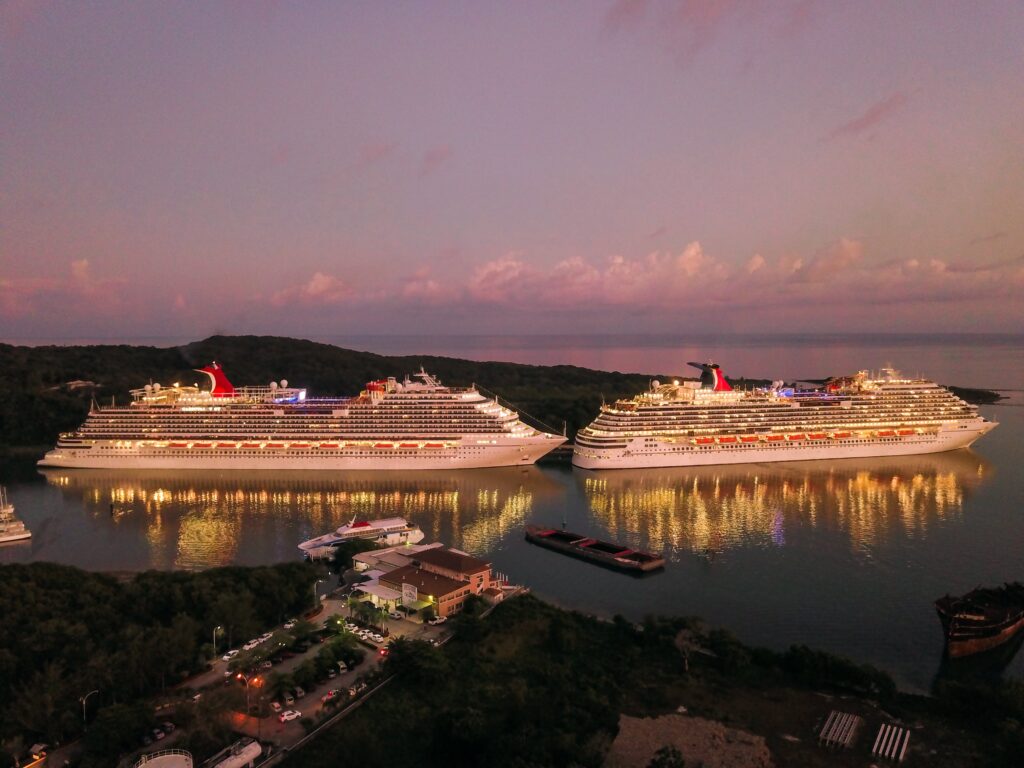
Finally, the gold might symbolize the prosperity these rivers have brought to Germany – a tribute to their economic and social value.
This imaginative association between the flag’s colors and the country’s rivers encapsulates the intertwining nature of Germany’s geographical features and national identity.
Thus, as you unfurl the Germany flag, you are not just saluting a national emblem but also acknowledging the indelible imprint of Germany’s majestic rivers on the fabric of the nation.

[…] is just the beginning of the breathtaking waterfall destinations that await you in the heart of Germany. In this captivating article, we invite you to embark on a journey through the stunning and diverse […]